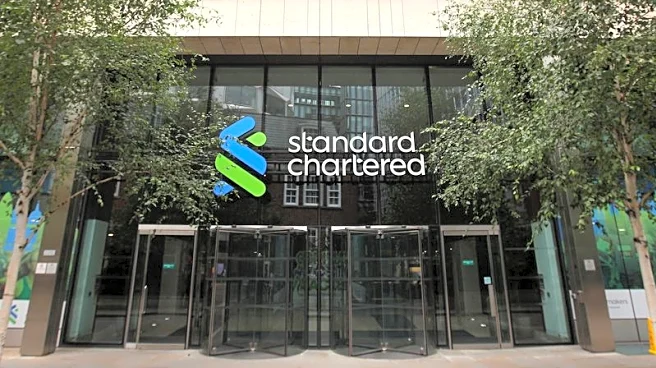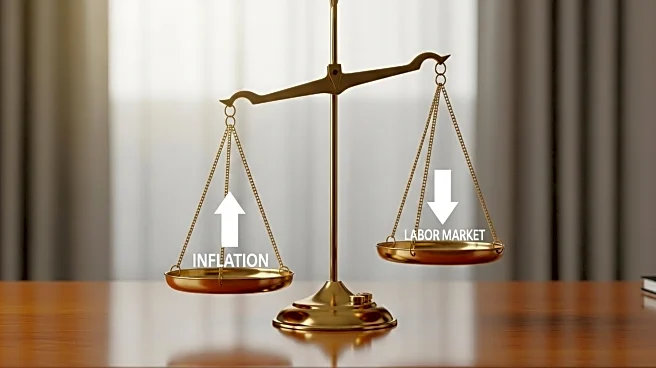What's Happening?
The U.S. jobs report for August has revealed significant economic challenges, with new payrolls falling more than one-third below expectations. The unemployment rate increased slightly to 4.3% from 4.2% in July, primarily due to a 436,000 rise in the labor force, indicating more job seekers rather than layoffs. This situation has led traders to anticipate intervention from the Federal Reserve, with the CME FedWatch tool showing a 10% chance of a 50 basis points rate cut at the upcoming September meeting. The likelihood of a 25 basis points reduction is considered almost certain. Despite the disappointing jobs data, major U.S. indexes experienced only moderate declines, with the Nasdaq Composite remaining stable, supported by the tech sector.
Why It's Important?
The August jobs report underscores ongoing economic challenges in the U.S., particularly in the labor market. The Federal Reserve's potential rate cuts are crucial as they could provide relief to investors and stabilize the economy. A reduction in interest rates may encourage borrowing and investment, potentially boosting economic activity. However, the decision also reflects the severity of the economic 'wound' and the need for careful management to avoid further instability. Stakeholders, including businesses and policymakers, are closely monitoring the Fed's actions, as they will have significant implications for economic growth and inflation control.
What's Next?
The Federal Reserve is expected to make a decision on interest rate adjustments at its September meeting. The anticipated rate cuts could influence market dynamics, with potential impacts on stock prices and investor confidence. Businesses and financial institutions are likely to adjust their strategies based on the Fed's actions, while policymakers may consider additional measures to support economic recovery. The broader economic outlook will depend on the effectiveness of these interventions in addressing labor market challenges and sustaining growth.












